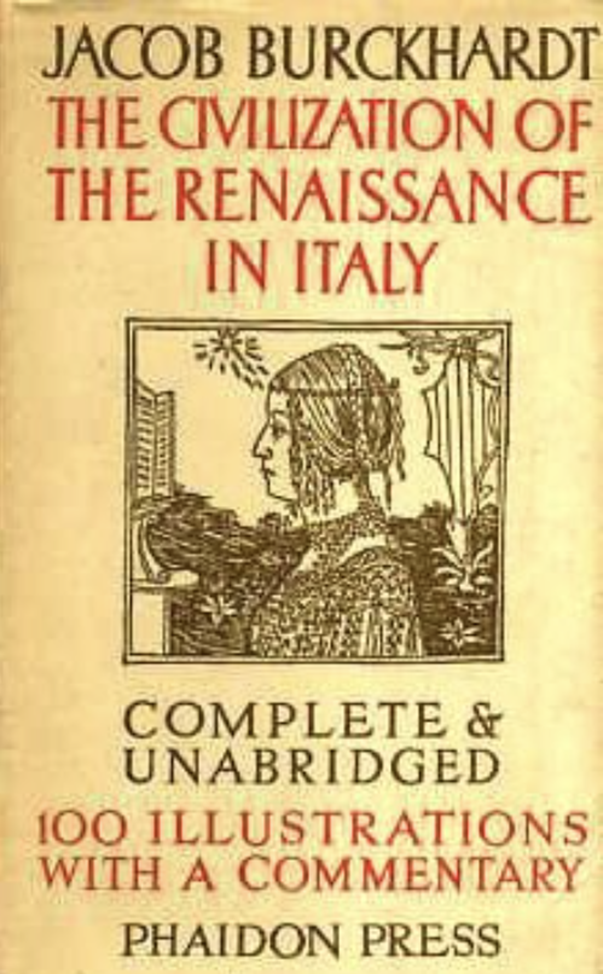 |
| Woman reading, by Corot (National Gallery of Art) |
Daniel Karlin, a former professor of English literature, writes
about how he gave up reading for a year to see what effect it would have. What
did he learn?
Just to clarify, he made it clear he didn’t actually give up
reading – although retired, he continued to edit literary texts by the poet
Robert Browning during his non-reading phase. He states he didn’t get any
withdrawal symptoms — “mine wasn’t a habit” — but this may be connected with editing
Browning, which might have been enough to put him off reading anything else.
Nonetheless:
- He found it difficult to think for himself. “By depriving myself of books, I had removed the wall against which I bounced my thoughts.” He reports, but doesn’t accept, Charles Lamb’s statement “I live to lose myself in other men’s minds”. I certainly agree that we read to “bounce” our thoughts, rather than to lose ourselves.
- He finds it difficult to remember specific extracts, and even the plots, of works he is familiar with. I don’t think this is exceptional: most of the books I have read I have forgotten the details of.
- “The world of books is still the world”, a statement by Elizabeth Barrett Browning, implying that what we read and what we experience are interlinked. Like the world, books can corrupt, as well as inspire.
It’s that last discovery that fascinates me. Karlin marvels that when he read Walter Scott’s Ivanhoe as a young teenager, he identified more with “the ideals of Englishness, Britishness” than the Jewishness he was born with, “the side from which I turned away”. “Scott was joined by C S Lewis, Rudyard Kipling, John Buchan and Ian Fleming … I became, and have remained, “English” by a form of literary-ideological adaptation.”
It is remarkable to read this from an English literature
professor, who accepts that as part of an English degree “we are obliged
to read books which, originally, could only solicit our attention”. Surely this
is a clear example of “the world of books is still the world”? The set texts he
read as a student are a very specific collection of cultural baggage, typically
(from a course in English literature) around “Englishness”. An English degree, can,
and certainly in my experience did, have the role of imposing a set of
attitudes about Englishness (far more than Welshness, or Britishness) on its students.
Perhaps one reason for this is the justification for the
canon of great works. the context of English literature as taught. The stated
criterion, of literary quality, is held as the highest goal; the claim is that it
doesn’t matter what the writer thought, as long as the writing is good. Literary
quality is a very nebulous concept, and something of a mask to hide the absence
of historical, political, economic contexts in which each of these writers
existed. I don’t disagree that the world of books is certainly not the world.
If you take a typical school-leaver starting at university to study literature,
they have a head full of books they have read, but often little knowledge of
the world, and it shows in their responses to that literature. This means that
they unfortunately have little capability or experience to critique the canon of
great works they are given. In three years of an English degree a student can
only read a tiny fraction of the literature, and the choice of what is read is
a culturally determined activity. Paradoxically, the insistence on reading constantly,
of providing more than can be absorbed, can prevent any reflection and wider
awareness of the context of books. When I studied English, for example, I had
little concept that the Enlightenment had ever taken place.
I commend Karlin’s dedication to his purpose, but perhaps
the real lesson was not what he intended at all. Perhaps from his year without
reading he revealed that even if he was not “addicted to reading”, it required a prolonged period without reading
to begin thinking about how books can have the side-effect of preventing you reflecting
on what reading means, and, perhaps, can lead you to grasp what is hidden
behind the assumptions of the literary canon.
The common perception is that reading is a good thing, and
so, by implication, the more you read, the better. I asked genAI (Copilot, to
be precise) about what writers had said about reading, and it was fascinating
that all the quotes it found for me were
favourable to reading, for example:
George R.R. Martin: “A reader
lives a thousand lives before he dies. The man who never reads lives only one.”
Mortimer J. Adler: “In the
case of good books, the point is not to see how many of them you can get
through, but rather how many can get through to you.”
These are just two examples, among many. We are besieged
with messages about how good books are for us. So perhaps the paradox that
Karlin has discovered is how you might learn more about reading by doing less
of it – at least for a while.








